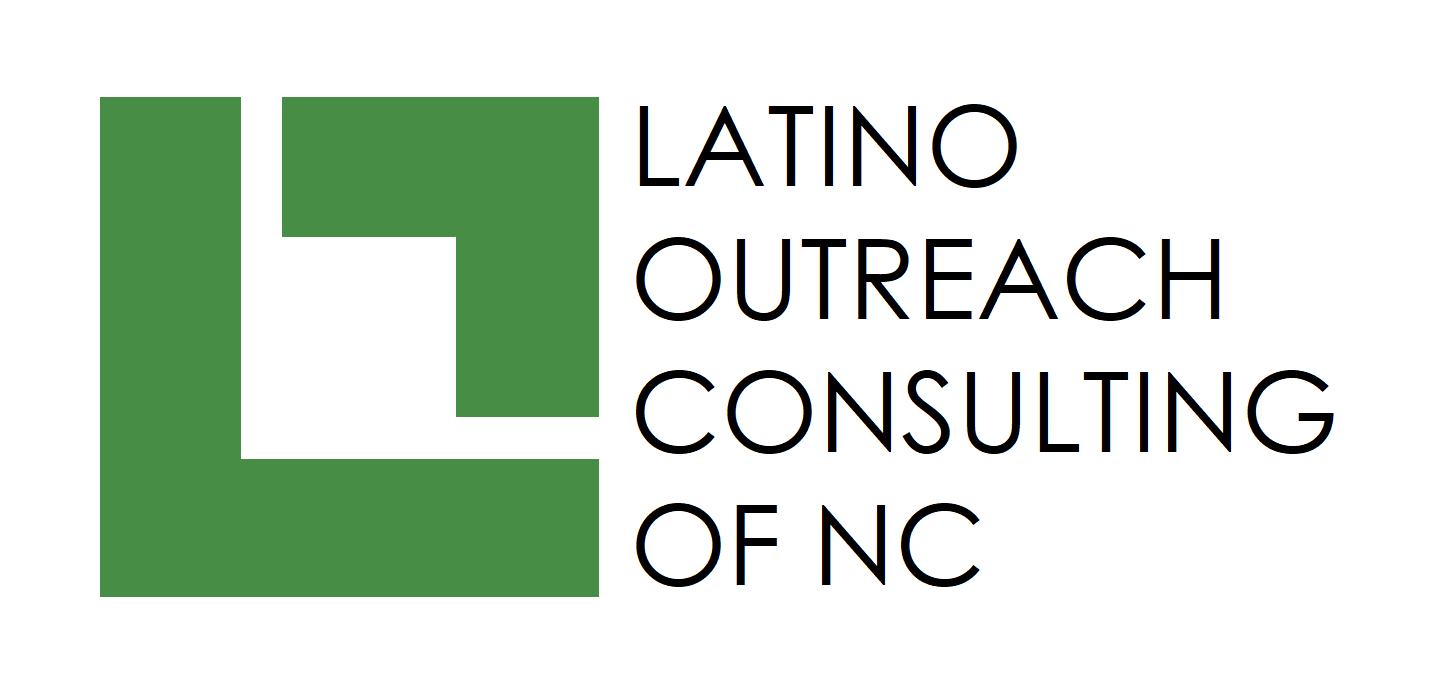Working With Patients From Different Cultures: An Ethical Dilemma
In this paper, I choose to demonstrate how working with a culture different of one’s own in the mental health therapeutic setting can be an ethical dilemma, and how to deal with it as a mental health counselor.
The Diagnostic and Statistical Manual of Mental Disorders, Text Revision (2007) (the manual used by psychiatric and psychological professionals to diagnose mental disorders) “emphasizes the importance of being aware of unintentional bias and keeping an open mind to the presence of distinctive ethnic and cultural patterns that could influence the diagnostic process” (Corey 2009, p. 45 )
In fact, the DSM-IV warns:
Diagnostic assessment can be especially challenging when a clinician from one ethnic or cultural group uses the DSM-IV classification to evaluate an individual from a different ethnic or cultural group. A clinician who is unfamiliar with the nuances of an individual’s cultural frame of reference may incorrectly judge as psychopathology those normal variations in behavior, belief, or experience that are particular to a person’s culture (American Psychiatric Association 2007, p.xxxiv).
The danger of not being aware of someone else’s culture during clinical assessment can be evidenced in the case of Chio Yamamoto, a forty-six-year old Japanese immigrant woman, who in 1974 was committed to a state mental institution by her husband on the basis in what he termed a major personality change and uncharacteristic behavior. After her three children went to college, Mrs. Yamamoto decided she wanted to go too, something that was unheard of in the culture. She was diagnosed with “chronic undifferentiated schizophrenia” and a secondary diagnosis of “hypochondria with multiple somatic complaints.” The reason she was admitted to the hospital is that the staff misinterpreted her behavior consistent with Japanese culture as a psychotic episode. Mrs. Yamamoto, consistent with her belief that woman show respect for authority and be submissive, did not make eye contact, was extremely withdrawn during therapy and was in complete control of her emotions. Since the Japanese tend to somatize their symptoms, Mrs. Yamamoto was complaining of stomach aches and was eating poorly due to her pain and became weak. Thus the vicious cycle continued (Galanti 2004, p.155).
This is consistent with what Corey (2009) says on page 45: “Counselors who work with African Americans, Asian Americans, Latinos and Native Americans may erroneously conclude that a client is repressed, inhibited, passive and unmotivated, all of which are seen as undesirable by Western Standards.”
Therefore, it is truly an ethical dilemma to work with someone in a different culture than my own. The danger lies in not being able to correctly evaluate someone’s mental health and tailor a therapy program for someone who may or may not participate the way that I would expect.
The pros and cons of working with someone who is from a different culture are found in the following table:
|
Pros |
Cons |
| I can learn about a new culture by asking questions of the patient. | I may be learning something new at the cost of the patient getting what she needs from therapy. |
| I can use an interpreter (if needed) who can be a cultural resource for me.
|
The cost of the interpreter may be equal to the cost of treatment. |
| I will use the DSM-V and read the section on cultural issues before making a diagnosis. | I may feel pressured to come up with a diagnosis before I truly understand the patient from another culture. |
The proper way to address this ethical issue is to have a frank discussion with the client during the first session. First, the clinician needs to ask the interpreter for a pre-session consultation and ask if there are any basic cultural norms that he or she should know of prior to meeting the client. For example, they could discuss if a handshake would be acceptable, if the client would look at him when he spoke, etc.
At the beginning of the session, after reassuring the client regarding confidentiality, the clinician could ask the patient what brought her here, with the hope that an open-ended question such as that would elicit some type of response.
During the session, the practitioner should follow the interpreter’s advice about appropriate eye contact, and when they are finished with the session, they should privately ask the interpreter if he or she noticed anything unusual about the client’s speech or behavior (for example, inappropriate affect).
It is important to take one’s time and be careful at coming to a diagnosis, and it may be necessary to consult with a colleague to come up with a correct assessment and a foundation for therapy. Sometimes, additional sessions would be required to truly get to know and accurately evaluate the person. As Corey (2009) states, the DSM-IV TR evaluation “is only an initial step in a comprehensive evaluation and that it is necessary to gain information about the person being evaluated beyond that required for DSM-IV TR evaluation” (pg.45).
Therefore, although working with a client that is from a different culture than my own can be an ethical issue, with the proper background and framework, it is an ethical dilemma that can be resolved with some work, intuition, and understanding.
